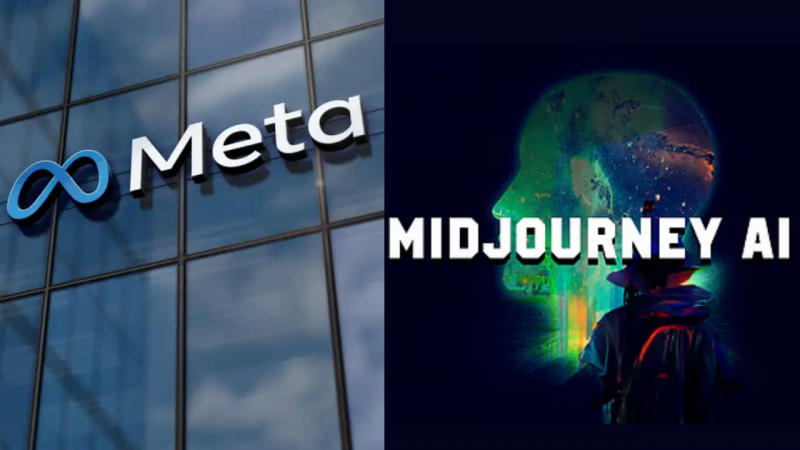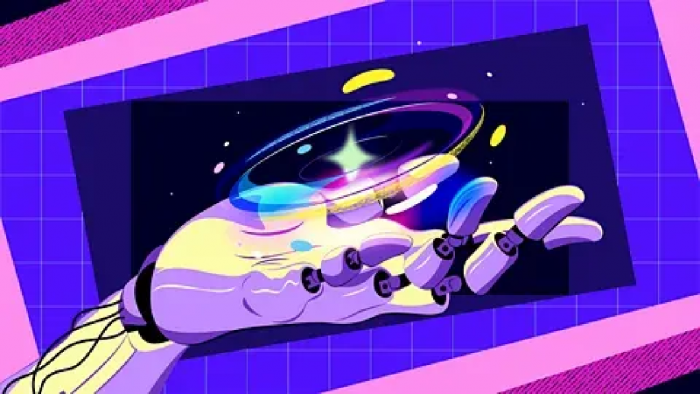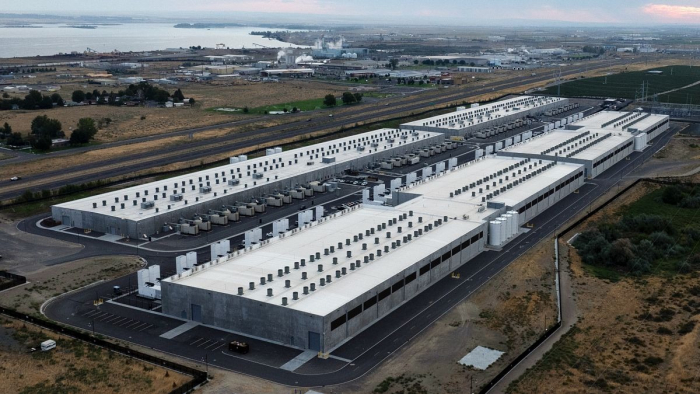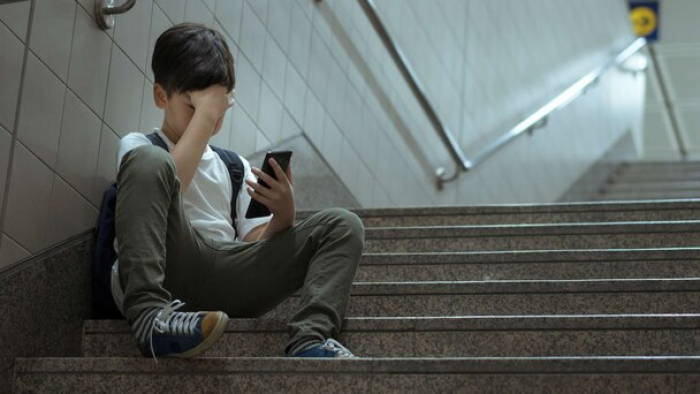Lead & Why It Matters
On August 22, 2025, Meta announced a landmark licensing deal with AI lab Midjourney, bringing its signature “aesthetic technology” into Meta’s image and video generation models. This isn’t just about prettier pictures; it’s about scaling artistry across billions of users on Facebook, Instagram, WhatsApp, and beyond.
Meta has trailed behind OpenAI and Google in the generative AI race. By partnering with Midjourney, it’s signaling a shift from in-house development to a blended ecosystem strategy. This could redefine how everyday users interact with AI-generated media.
Partnership Overview
Meta will license Midjourney’s AI technology and integrate it into its future products. The collaboration extends to technical co‑development between Meta’s Superintelligence Lab and Midjourney’s researchers. Meta’s Chief AI Officer, Alexandr Wang, stressed an “all-of-the-above” approach: blending infrastructure, internal R&D, and external partnerships.
Meta’s AI Journey
Meta’s internal projects, such as Imagine and Movie Gen, have struggled to impress compared to OpenAI’s Sora or Google’s Veo 3. Movie Gen’s Instagram rollout stalled in 2025. Repeated reorganizations of Meta’s AI division (now known as the Superintelligence Lab) and reliance on external models for coding reveal deeper structural issues.
Despite setbacks, Meta is investing heavily in compute infrastructure. Its 2025 capex is projected at $66–72 billion, funding clusters like Prometheus (Ohio) and Hyperion (Louisiana), both expected online in 2026.
Midjourney’s Strengths
Founded in 2021 by David Holz, Midjourney stands out as an independent, self-funded lab known for its painterly image style. Its models deliver artistic, “human-like” visual quality, unlike the utilitarian outputs of many rivals.
Midjourney’s V1 video model launched in June 2025, enabling short clips (5–21s) from images, with manual/automatic motion controls. It impressed early testers with fluidity and creative options.

A Creative Power Couple
Meta contributes scale, billions of users, and vast compute resources. Midjourney brings aesthetic excellence. Together, they could democratize visually stunning AI generation. Importantly, Holz confirmed Midjourney remains independent, with no equity concessions to Meta.
Competitive Landscape
Meta’s move is a response to rivals:
- OpenAI’s Sora is setting standards in video realism.
- Google’s Veo 3 is gaining traction in cinematic-quality outputs.
By integrating Midjourney, Meta gains an aesthetic leap without waiting years for in-house catch-up.
Legal & Ethical Dimensions
Midjourney faces a high-profile lawsuit from Disney and Universal, alleging unauthorized generation of copyrighted characters. Reports show filters can be bypassed to produce parodic or harmful variations (e.g., “Wall‑E with a gun”).
Meta’s global scale magnifies these risks. Its lawyers must now safeguard against copyright liability, stricter moderation, and regulatory scrutiny.
Broader Implications
- User Experience: Expect native AI tools across Instagram stories, Messenger chats, and Facebook posts.
- Creator Ecosystem: Marketers, advertisers, and influencers will gain instant access to Midjourney‑style content at scale.
- AI Arms Race: Meta’s hybrid approach, significant capital expenditure plus external licensing, could establish a standard for major tech partnerships with independent labs.
- Creative Culture: Will Midjourney’s artistry flourish or fade inside Meta’s distribution engine? The outcome will depend on execution.
Key Questions for Readers
- Would you prefer AI tools that produce more “human-like” aesthetics?
- Should Meta focus on proprietary R&D or lean on creative partnerships?
- Will this deal push other indie AI labs toward similar alliances?
Deal Highlights
| Section | Key Insight |
|---|---|
| Partnership | Meta licenses Midjourney’s aesthetic AI for co-development |
| Meta’s AI challenges | Lagging internal tools; heavy spend on compute; frequent reorganizations |
| Midjourney’s edge | Independent, artistic, profitable; launched video model in 2025 |
| Competitive context | Chasing OpenAI (Sora) and Google (Veo 3) |
| Legal risks | Disney/Universal lawsuits, weak content filters |
| Future impacts | New UX, creator tools, AI arms race acceleration |
The Bigger Picture
Meta’s partnership with Midjourney is more than a licensing deal; it’s a cultural inflection point. For Meta, it’s about admitting in-house efforts can’t win alone. For Midjourney, it’s about bringing artistry to billions without losing independence.
Together, they might define the next era of creative AI at scale. But success will depend not just on aesthetic brilliance, but on how responsibly they handle law, ethics, and user trust.
Post Comment
Be the first to post comment!





